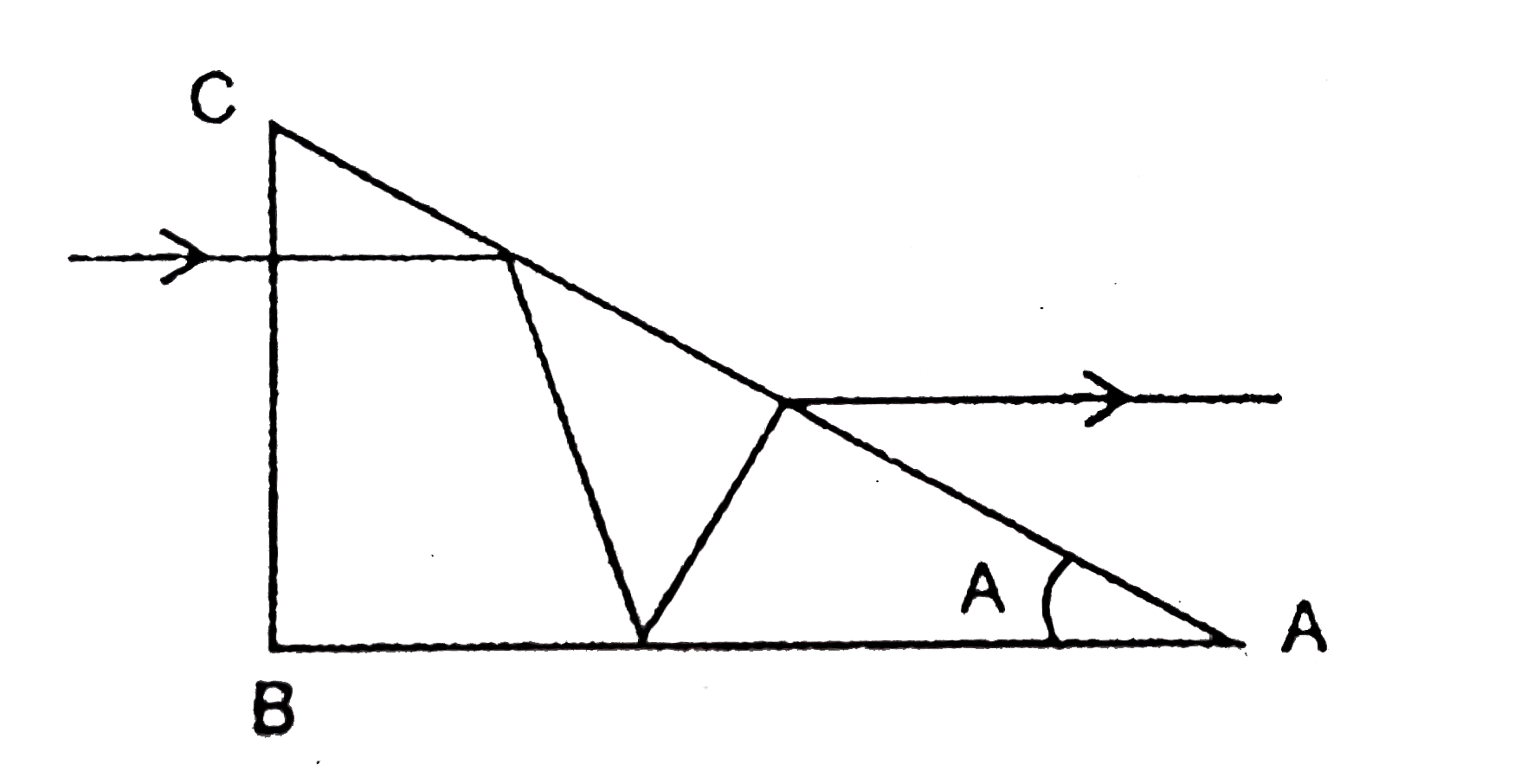A temporary blurring/dazzling occurr when one comes out of a cinema hall due to
Sudden activation of cone cells
Bleaching of rods
Overlapping images by both r ode and cones
Closure of pupil.
Step-by-Step Solution:
1. Understanding Photoreceptors: The human retina contains two main types of photoreceptors: cones and rods. Cones are responsible for color vision and function best in bright light, while rods are more sensitive and are used for vision in low-light conditions.
2. Conditions in a Cinema Hall: Inside a cinema hall, the lighting is typically dim. Under these low-light conditions, the rod cells are activated to help us see in the dark.
3. Exiting the Cinema Hall: When a person exits the cinema hall, they are suddenly exposed to bright light. This sudden increase in light intensity requires the eyes to adjust quickly.
4. Activation of Cone Cells: As the person steps into the bright light, the cone cells, which are responsible for daylight vision, become activated. This sudden activation can lead to temporary blurring or dazzling as the eyes struggle to adjust to the new light conditions.
5. Conclusion: The temporary blurring or dazzling effect experienced when coming out of a cinema hall is primarily due to the sudden activation of cone cells, as the eyes take time to adapt to the increased light intensity.
Final Answer:
The correct answer is sudden activation of cone cells.
---
The correct answer is sudden activation of cone cells.
Topper's Solved these Questions
Similar Questions
Knowledge Check
Sunset and evening star,
And one clear call for me!
And may there be no moaning of the bar,
When I put out to sea,
What is the tone of the poem?AacceptanceBabsolute trustCsubmissionDall the aboveAssertion : In one dimensional motion of an object, path length comes out to be equal to displacement.
Reason : Direction of object is changed two times.AIf both assertion and reason are trure and reason is the correct explanation of assertion.BIf both assertion and reason are true but reason is not the correct explanations of assertion.CIf assertion is true but reason is false.DIf both assertion and reason is false
When you come out of a river after a dip, you feel cold Explain.
View SolutionA cinema hall has equidistant rows 1m apart. The length of the cinema hall is 287m and it has 287 rows. From one side of the cinema hall, laughing gas (N2O) is released and from the other side, weeping gas (C6H5COCH2Cl) is released. In which rows, spectors will be laughing and weeping simultaneously?

View SolutionTwo identical piano wires have a fundamental frequency of 600 cycle per second when kept under the same tension. What fractional increase in the tension of one wire will lead to the occurrence of 6 beats per second when both wires vibrate simultaneously?
View SolutionA ray of light falls normally on one face of a right angled prims of refracting angle A. It suffers two total internal reflections before coming out of prism parallel to incident ray as shown. Refractive index to prism material will be:

View SolutionIn hypogeal germination due to elongation of ….plumule comes out of the ground
Or
The portion of embryonal axis above cotyledon is called as
View SolutionOne side of a glass slab is silvered as shown. A ray of light is incident on the other side at angle of incidence i=45∘. Refractive index of glass a is given as 1.5. The diviation of the ray of light from its initial path when it comes out of the slab is

View Solution
